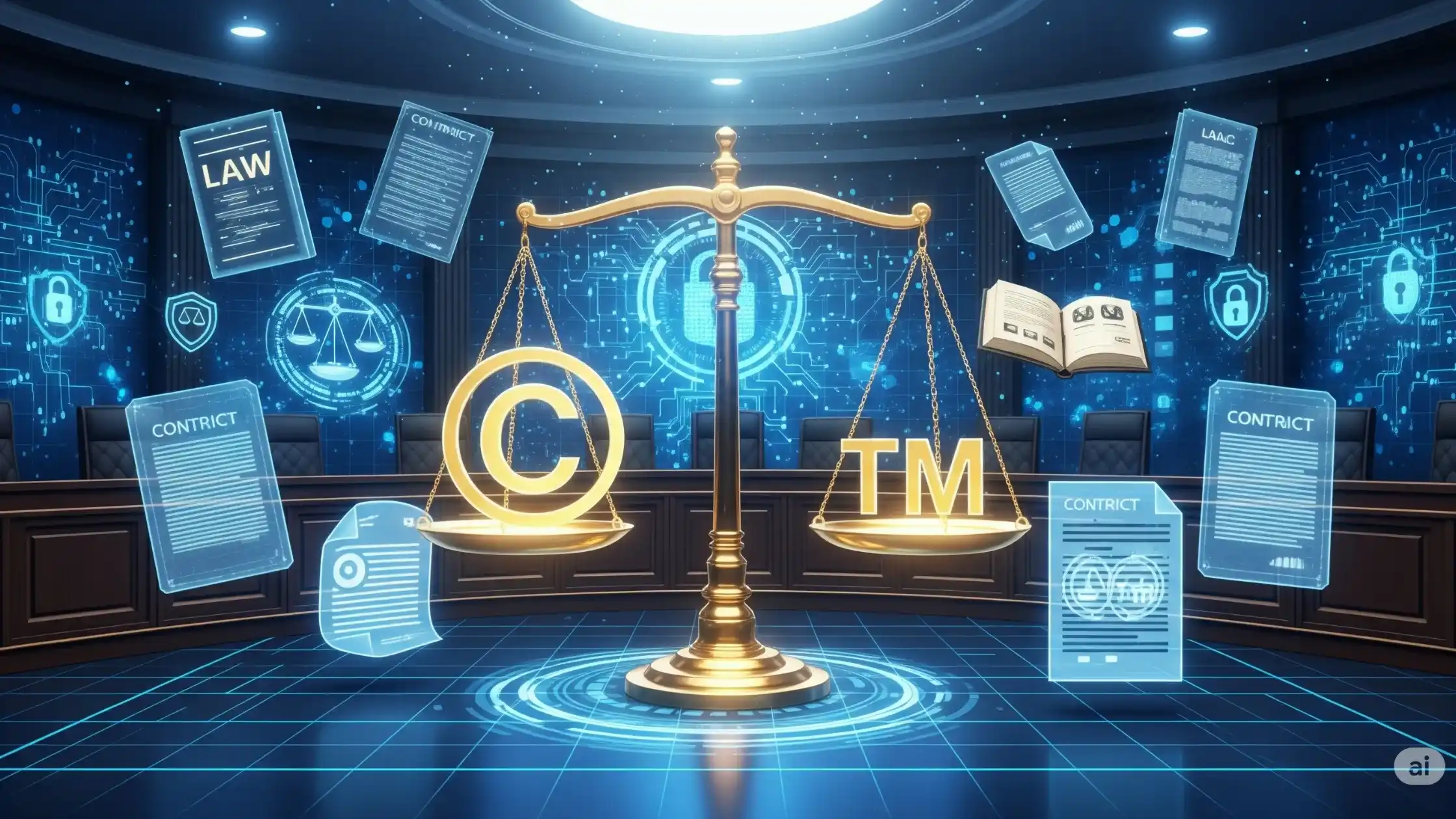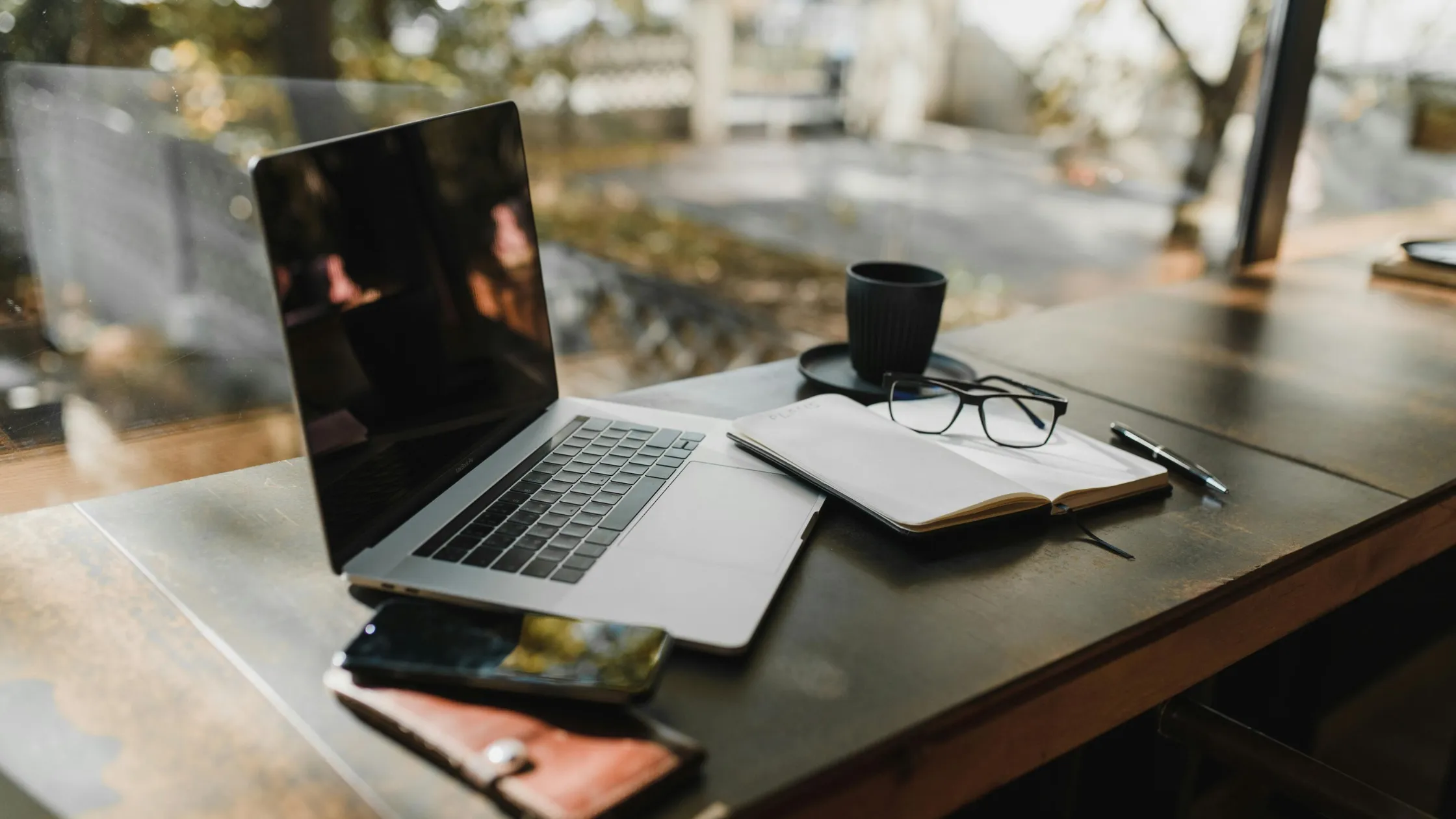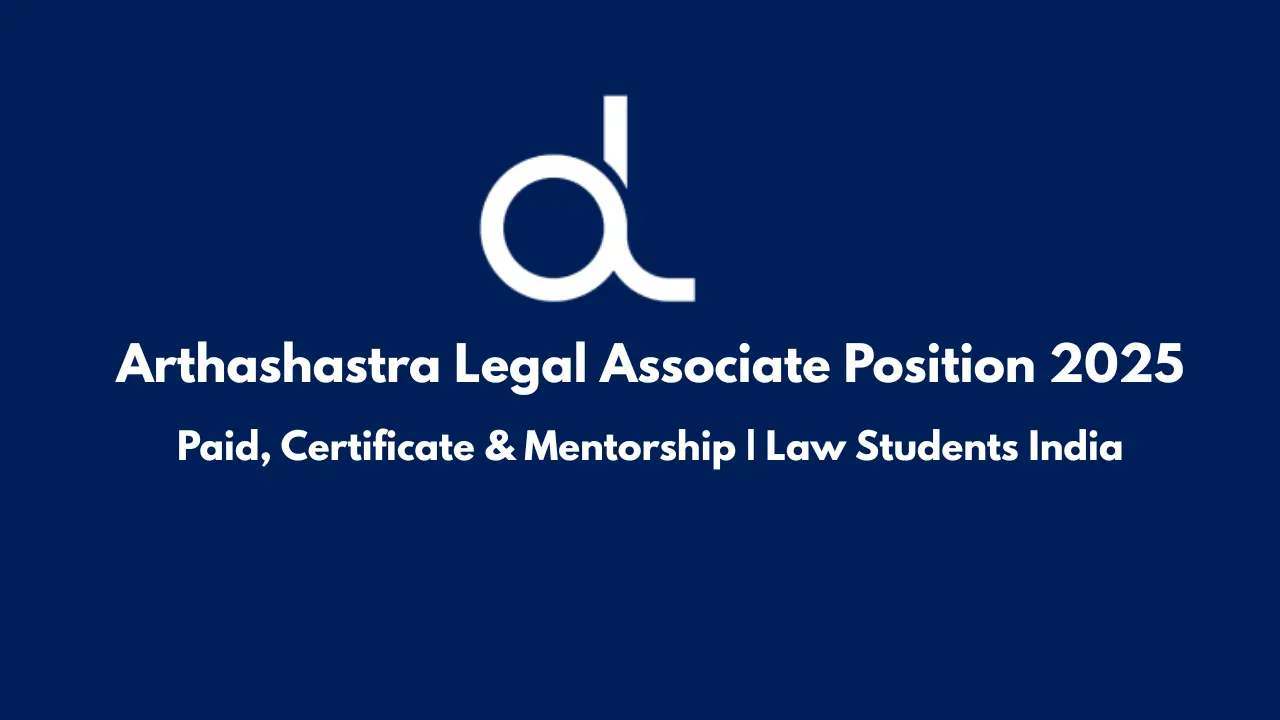Understanding the Meaning of “Creator”
A creator is an individual who produces original intellectual or artistic work, such as stories, music, videos, and art. Creators often gain popularity on social media platforms like YouTube and Instagram, while also managing branding, monetization, and engagement strategies. The term is broad and covers influencers, choreographers, musicians, designers, filmmakers, and more.
Creator and Copyright in India
Copyright is a form of intellectual property protection under the Copyright Act, 1957 (not 1988). It safeguards creators of literary, dramatic, musical, and artistic works, as well as producers of cinematographic films and sound recordings. Copyright provides creators exclusive rights to:
- Reproduce their work
- Communicate the work to the public
- Perform or display the work publicly
- Create adaptations or derivative works
Copyright in Dance Content
Platforms like Instagram and TikTok have popularised short-form content, raising copyright challenges for creators. For example, a choreographer’s viral reel can be copied without permission, leading to infringement. The law considers dramatic work (Section 2(h)) to include choreography, which is protected if it meets:
1. Originality
Choreography must have a unique sequence of movements and creative expression, not just common or basic dance steps.
2. Fixation
The work must be tangibly expressed—via video recording or written dance notation. Spontaneous, undocumented dances are not protected.
Common Infringement Scenarios
- Copying Full Choreography: Reposting or mimicking an entire reel without consent is copyright infringement.
- Using a Single Step: Basic or generic movements are not protected; copying them is not infringement.
- Choreographer vs. Performer Rights: Both the choreographer and performer hold rights. Unauthorized copying can infringe both.
Authorship and AI Challenges
The concept of authorship is defined under Section 2(d) of the Act. Authorship depends on the type of work:
- Literary/Dramatic: The writer or creator of the content
- Musical: The composer
- Artistic: The artist
- Sound Recordings: The producer
In employment or commissioned works, ownership shifts to employers or commissioners. The rise of generative AI and deepfakes has added complexity, raising questions about originality and ownership.
Copyright Protection by Work Type (India)
| Work Type | Author | Protection Period | Example |
|---|---|---|---|
| Literary/Dramatic | Writer/creator | Life + 60 yrs | Books, plays |
| Musical | Composer | Life + 60 yrs | Songs |
| Artistic | Artist | Life + 60 yrs | Paintings, drawings |
| Film | Producer | 60 yrs from release | Movies |
| Sound Recording | Producer | 60 yrs from release | Albums, podcasts |
| Choreography | Choreographer (recorded) | Life + 60 yrs | Dance routines |
| Software | Programmer/employer | 60 yrs from release | Apps, video games |
Practical Implications for Creators in 2025
- Social Media vs. Law: Algorithms encourage recreations, but original creators can take legal action.
- Fair Dealing Limits: Section 52 allows use for review or private study. However, monetized or follower-driven copying is rarely “fair dealing.”
- Credit ≠ Permission: Tagging or crediting the creator doesn’t remove liability; proper licenses are needed.
Landmark Case Laws
- Entertainment Network India Ltd. v. Miss Malini Entertainment Pvt. Ltd. (2024)
Delhi High Court ruled that reposting or branding another’s audiovisual content without authorisation is infringement. This case emphasises broader protection for dramatic works. - M/s Saregama India Ltd. v. MySpace Inc.
MySpace was held liable for hosting copyrighted music without licenses, establishing accountability for online platforms.
Conclusion
By 2025, creators are both artists and entrepreneurs navigating trends, AI threats, and IP challenges. Understanding copyright law is crucial for protecting originality and gaining recognition, especially for dance videos and reels. As technology evolves, so must copyright protections, ensuring creators remain empowered in the digital age.
FAQs on Copyright in India (2025)
Q1: Can I copy a dance reel?
No. Copying an entire dance reel or choreography without permission is copyright infringement. Using one or two basic steps is allowed, but replicating full sequences without consent violates the creator’s rights.
Q2: Does giving credit protect me from copyright claims?
No. Crediting the creator is good etiquette, but does not replace the need for permission or licensing. Legal rights remain with the creator regardless of credit.
Q3: Is fair dealing a defence for reposting content?
Fair dealing under Indian copyright law is limited to purposes such as personal use, research, criticism, or review. Commercial use, including posting for followers or monetisation, usually does not qualify.
Q4: How is authorship determined for AI-generated content?
Indian copyright law currently recognises authorship as the natural or legal person who creates or commissions the work. AI-generated content complicates this, and new regulations are expected to evolve.






